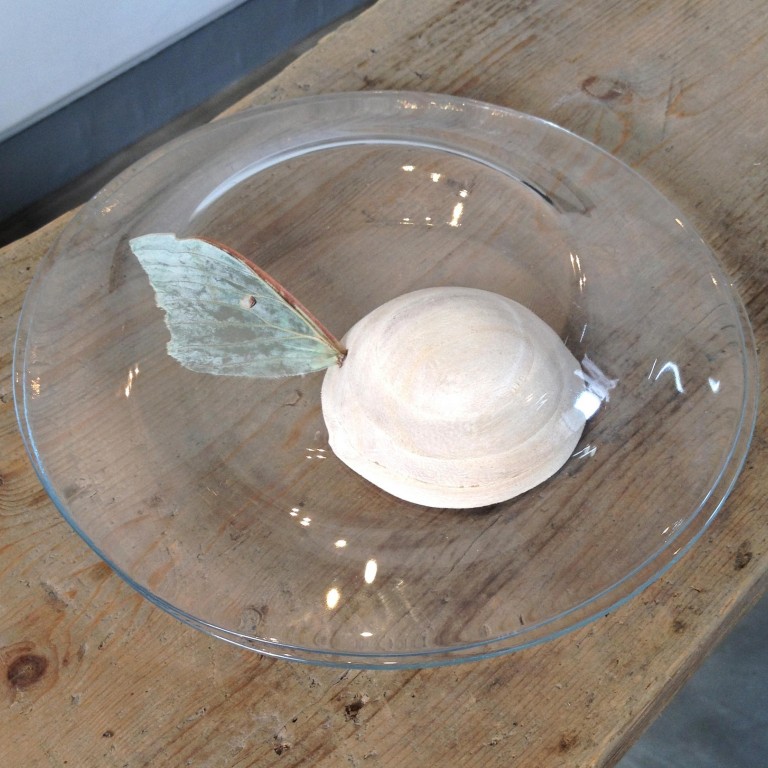
Review: Uncertainty Principle
Artist Hanison Lau Hok-shing's early works were, and continue to be, sculptural and he often unites natural objects together with his own reworked or fabricated additions. For example, he found gnarled driftwood on which he had attached impressions of mushrooms or Chinese fungus cast in clear plastic. This combination of objects, despite their incongruity, was oddly pleasing to the eye.
After graduating from RMIT University's fine arts course at the Hong Kong Art School, Lau went on to complete a master's degree in fine arts. His extensive studies have exposed him to a range of art, different methodologies and media. His maturity and an interest in traditional Chinese art and literature have expanded his artwork along different and complementary trajectories.
Traditional Chinese landscape is a continuing path of inquiry for Lau. Recently, he has been building small sculptural landscapes using oyster shells and architectural modelling material as a quirky traditional landscape of mountains and jagged trees. These are often displayed in old medical or display cabinets suggesting, perhaps, that these landscapes are endangered. "Uncertainty Principle" is exhibited in one of Hong Kong's smallest, but most supportive galleries of Hong Kong artists. Lau has constructed a range of small object sculptures utilising found and carefully carved wooden parts and positioned in the gallery as an entire installation. The artist explains that these pieces have no particular meaning; they are simply there to be "ruminated" on. Each work is obscure and titles are unhelpful as each piece is named as an "uncertainty principle."
The exhibition tells us "to relax, just look, there is no particular concept'. It is the form of each work that intrigues. Two glass plates press tightly around a piece of turned wood whose side has sprouted a single, and delicately beautiful, butterfly wing. A series of frames hold postcards of different mountain scenes, their only relationship being the "horizon line" aligned together, formed by the join of two pieces of glass in each frame.
There is little narrative or plausible meaning in any of this work - it is what makes the exhibition so refreshing.

